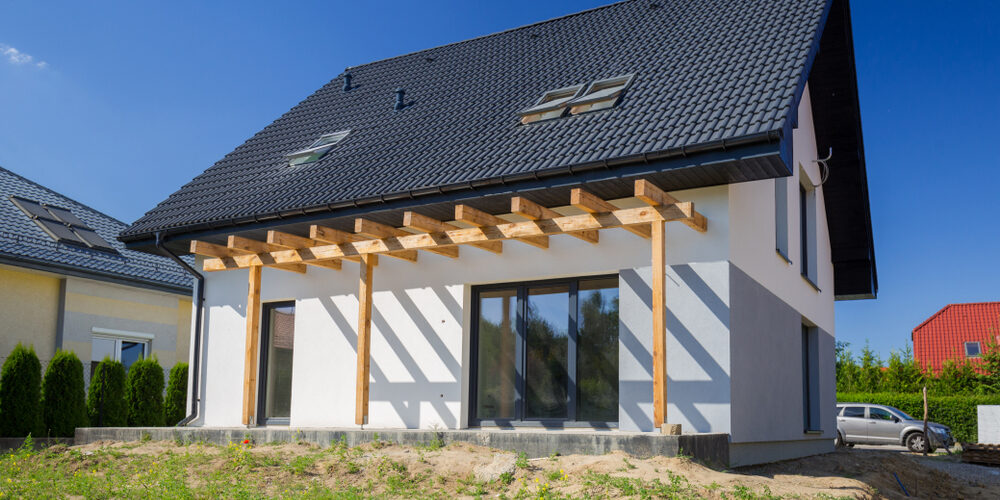The ideal darkness for tinting your home windows depends on various factors, including your primary goals for tinting, local regulations, and personal preferences.
Here’s a detailed look at how to determine the right tint darkness for your home windows…
1. Consider Your Goals
- Energy Efficiency – If reducing heat gain and saving on energy costs are your main goals, look for window tints with high solar heat gain coefficients (SHGC) without necessarily going for a darker tint. Many modern tints are highly effective without being overly dark.
- Privacy – For enhanced privacy during daylight hours, you might prefer a darker tint. Yet, recall that at night, the visibility reversal means you can be seen from outside if interior lights are on.
- UV Protection – To protect against UV rays, focus on the UV protection rating rather than the darkness of the tint. Many clear or light tints offer over 99% UV protection.
- Glare Reduction – If reducing glare is a priority, consider moderately dark tints. These can cut down on glare without significantly impacting natural light.
2. Understand Local Regulations
Before choosing your tint darkness, it’s crucial to check local building codes or homeowners’ association (HOA) rules. Some areas have restrictions on how dark you can tint your home windows to ensure safety and conformity with neighborhood aesthetics.
3. Balance with Natural Light
Consider how much natural light you want in your home. Darker tints will reduce the amount of light entering your rooms, which could impact indoor plants, mood, and the need for artificial lighting. A lighter tint might provide a good balance between natural light and the benefits of tinting.
4. Consider Aesthetics
Think about how the tint will affect the appearance of your home both from the inside and outside. Darker tints have a more noticeable impact on aesthetics, potentially changing the character of your home. Lighter tints can be less obtrusive, maintaining the original look while still offering many tinting benefits.
5. Privacy at Night
If nighttime privacy is a concern, traditional reflective tints offer limited privacy in the dark. For 24-hour privacy, consider alternatives like frosted or decorative films that obscure the view in both directions or installing curtains or blinds for use in the evenings.
6. Professional Consultation
For the best results, consider consulting with a window tinting professional. They can provide samples, discuss the benefits and limitations of different tint levels, and help you choose a tint that meets your needs without compromising on light or aesthetics.
In summary, the darkness of your home window tint should align with your specific needs, legal requirements, and personal preferences. By carefully considering these factors, you can select a window tint that enhances your home’s comfort, privacy, and energy efficiency.






